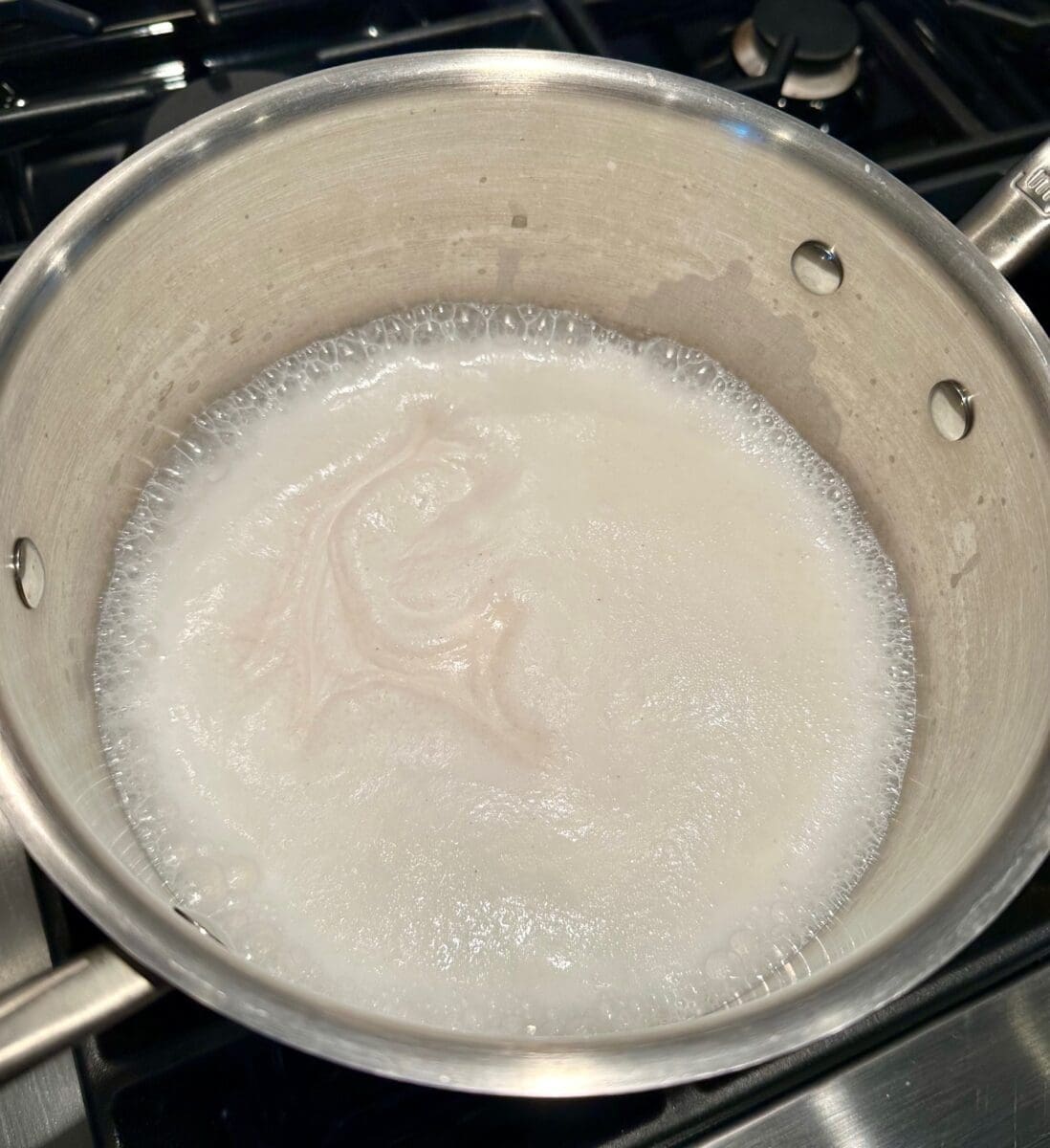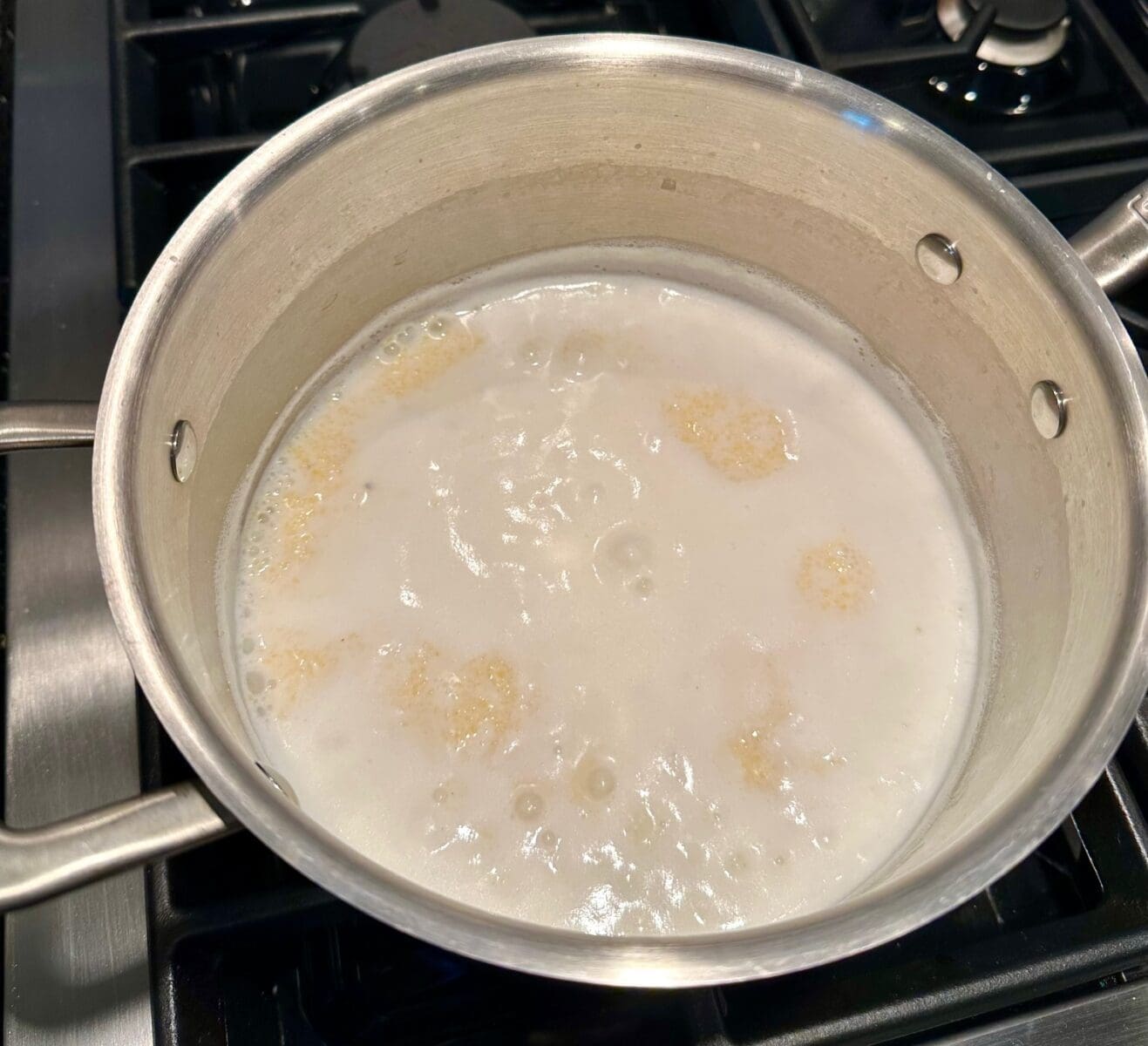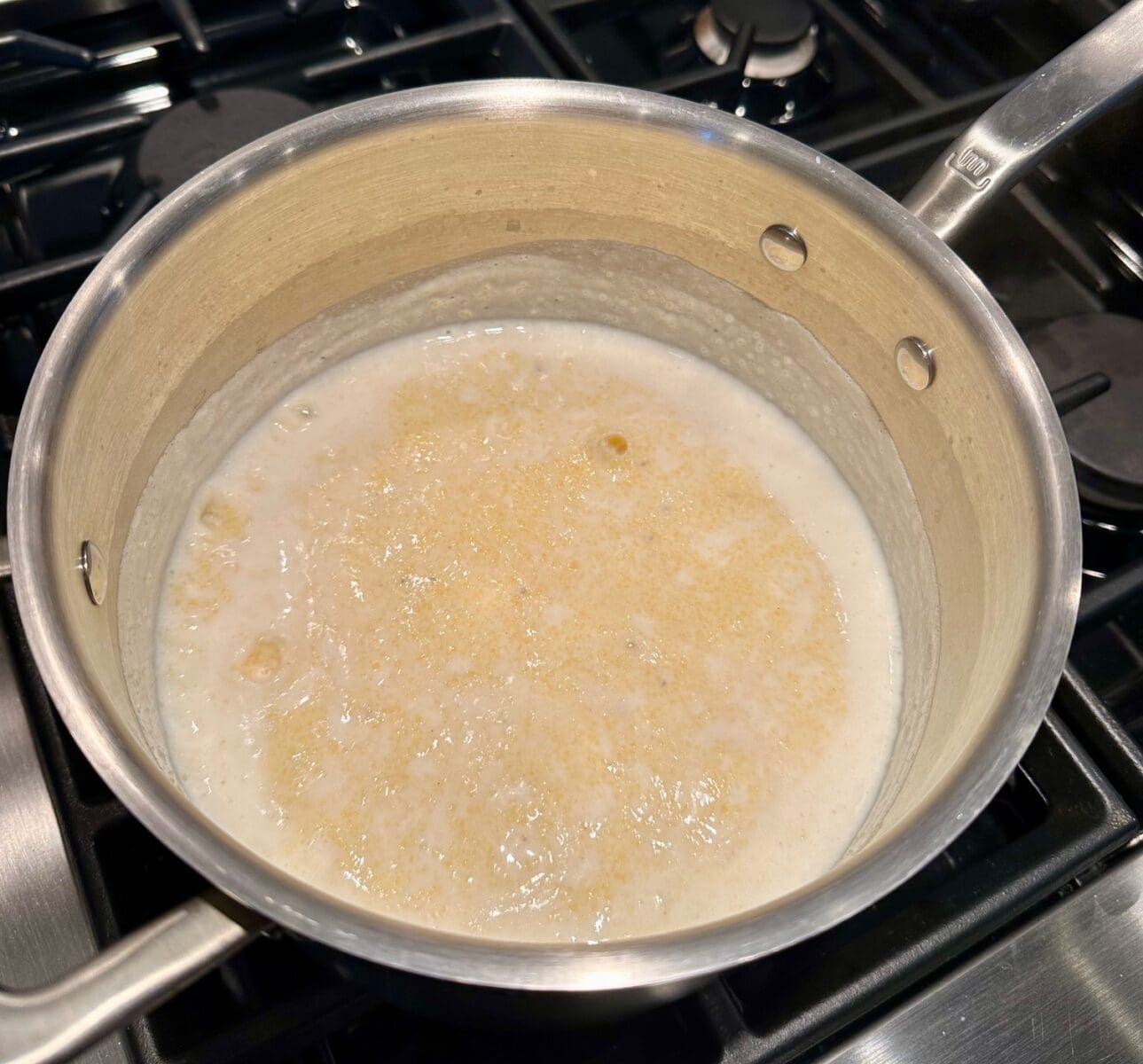
Aged asiago polenta is irresistibly creamy, buttery, and cheesy, making it the perfect complement to your favorite main dishes.
While polenta is a staple in both home kitchens and fine dining, it often falls flat and forgettable, lacking the richness and depth it deserves. My perception of this humble dish changed during a recent dinner at a cozy Italian spot, where an exceptional serving alongside osso buco stole the show. The polenta was outstanding, prompting me to ponder what made it superior to all the others.
Soon after, a celebrity chef popped up on my social media feed, singing the praises of well-made polenta. It felt like fate—how could I resist the challenge of creating a version that lives up to its full potential? That was the final nudge I needed. Inspired and determined, I set out to perfect this creamy, cheesy dish at home.
Basic Polenta
Polenta, made from cornmeal, offers a versatile blank canvas for creating something truly special. The first step is choosing the right cornmeal. For a satisfying texture, I recommend avoiding overly fine or powdery meals. Instead, opt for a medium-fine grind that cooks quickly without the coarse, grainy feel of larger grinds. To achieve the best results, look for cornmeal specifically labeled as a “polenta grind.” This ensures the ideal balance of flavor, texture, and ease of preparation.
Liquids
The next big decision is choosing the liquid to cook your polenta. While water is the simplest option, it’s flavorless and leaves room for improvement. You can improve your polenta by using chicken, vegetable, or beef broth, or even milk, half-and-half, cream, or a combination of these. Let your taste preferences guide you. Chicken broth adds a savory, poultry-forward flavor, while cream or half-and-half lends a touch of sweetness and richness. Mixing liquids can create a perfect balance, but ultimately, it’s all about what delights your taste buds. Experiment and make it your own!
Seasonings
I like to keep it simple with just salt and a touch of pepper, but your spice cabinet is a treasure trove of possibilities. Don’t hesitate to experiment with your favorite flavors—this is your chance to make the dish uniquely yours!
Cheeses
Cheese speaks my love language, and intensely flavored hard varieties are my absolute favorites—aged asiago reigns supreme for me, even over the ever-popular parmesan.
If you’re craving something creamier and a bit sweeter, mascarpone is a wonderful choice. One of my most memorable kitchen experiments happened by accident when I grabbed espresso-flavored mascarpone at the market. That happy mistake turned into a delightful surprise, adding a unique and unexpected twist I never knew I needed!
Making Aged Asiago Polenta

Bring the liquids with salt and pepper to a boil.
Drizzle in the corn meal while continually whisking to prevent clumping.

The liquid is almost absorbed and ready for cheese and butter.

Whisk in the butter and cheese, turn off the heat and let it stand for 1-2 minutes after it is all incorporated.

Finished aged asiago polenta before the final grated cheese and butter garnish.
Aged Asiago Polenta
Creamy polenta flavored with aged asiago cheese
Ingredients
- 1 cup yellow corn meal – polenta grind
- 1 cup water
- 1 cup chicken stock
- 2 cups whole milk
- 1/2 cup half & half
- 2 TBL butter + 1 pat – divided
- 1/2 cup grated aged asiago cheese – divided
- 1 tsp sea salt
- 1/4 tsp ground white pepper
Instructions
I use an organic polenta grind, yellow corn meal by Bob’s Red Mill. It’s a medium-fine grind without powder that cooks quickly. You can use any corn meal, but the time can vary widely, so follow the producer’s instructions.
- Pour the water, chicken stock, milk and half & half into a pot over medium heat. Add the salt, pepper and 1 tablespoon of butter. Whisk until it begins to boil.
- When it begins to boil and rise in the pot, drizzle in the polenta while continuously whisking to avoid clumps
- When the polenta is in, immediately turn the heat to low. Whisk intermittently to avoid sticking and cook until the grains are soft, about 5 minutes
- Whisk in another tablespoon of butter and the aged asiago cheese until it is melted and incorporated into the polenta. Turn off the heat and let stand 1-2 minutes
- If the polenta is too stiff, whisk in a tablespoon or two of water over lowest heat and keep warm
- Transfer to a serving dish, sprinkle with the remaining 2 tablespoons of cheese and add a pat of butter on top

